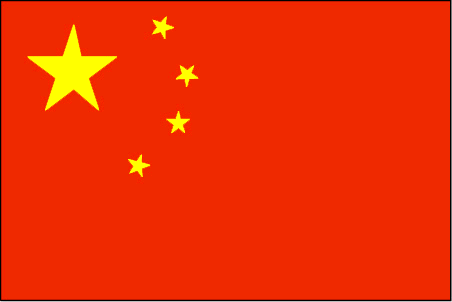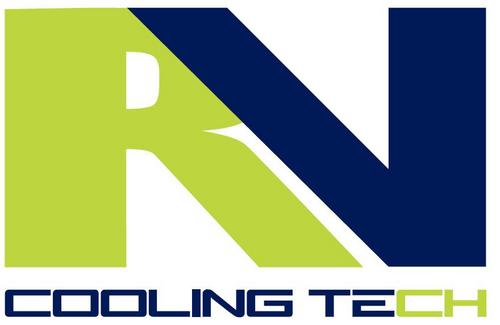Chinese AC price war ends
CHINA – The Chinese government in the guise of the National Development and Reform Commission (NDRC) has stepped in to put an end to the recent price war involving air conditioner producers. The end of the price war is expected to speed up the evolution of China’s air conditioner industry to value-based competition.
The NDRC convened a meeting of its price supervision and anti-monopoly department at the end of April, which gathered together China’s major air conditioner enterprises and distribution channels, including such firms as Gree, Midea, Chigo, Suning, Gome and JD.com.
The NDRC warned the air conditioning industry against building price alliances or launching an unrealistic price war, which might result in dumping products at a loss.
Price wars have been a recurring theme in the Chinese HVAC industry over the past number of decades and a common strategy used by Chinese air conditioner producers. Over ten years ago, a price war provoked a reshuffle of China’s air conditioner industry, leading to the number of air conditioner producers dropping from from over 500 to around 50.
Prior to the NDRC meeting, the industry had seen three rounds of price wars since last September alone. Experts believe that price wars are harmful to the long-term development of the Chinese air conditioner industry, as the industry urgently needs to accelerate transformation and upgrading, and to make breakthroughs in high-end orientation and intellectualization.
Liu Daren, an analyst with market researcher All View Cloud, said that an ongoing price war would have far-reaching consequences on the research, development and upgrading of products, would hinder the progress made in improving the products’ energy efficiency, and would also serve to eliminate benign competition.
China currently produces two-thirds of the air conditioners available on the global market. However, the industry is presently under pressure due to insufficient demands and high inventory. Statistics from the China Market Monitor Co., Ltd. (CMM) show that the retail sales quantity and value of air conditioners sold over China’s Labor Day public holiday period were 7.86 units and 23.9 billion yuan, which are 4.7% and 9.8% down respectively on last year’s equivalent figures.
Industry insiders predicted that China’s air conditioner demands would exceed 50 million units this year, but so far the inventory has already reached the 40 million unit mark. Consequently, the end of the price war is expected to force air conditioner producers to focus on promoting the value of their products according to customer’s requirements, which is key for the industry’s future development.
The CMM stated that the ongoing process of upgrading China’s white household appliances had been accelerated, and that the change in business scale would provide opportunities for firms to modify their product structure.
The CMM predicts that the market will concentrate on higher-end products this year. Its statistics show that the sales value of low-end non-inverter air conditioners decreased by 11.7% from the Labor Day period last year, while sales of high-end inverter air conditioners have increased by 2.6% compared to the same period last year.
Meanwhile, intellectualization is leading the way in the development of the industry. Last year, China’s intellectual air conditioner sales skyrocketed by over 300% from last year, as the intellectual air conditioners provide both a better consumption experience for customers and meet the customers’ demand for high-quality and comfortable living.
According to experts, the Chinese air conditioner industry will continue to make strides in developing high-end products, and plan to upgrade their structure to produce energy-saving, healthy, fashionable and intellectual air conditioners.
Experts also believe that the popularity of high-end air conditioners is on the rise and has now spread from first- and second-tier markets to third- and fourth-tier markets, and it is expected that the implementation of new national standards for inverter air conditioners will result in great changes to the market structure.
The market experts stated that the changes in the air conditioner market would force firms to adjust their product structures and lead to technological innovations, in a bid to meet consumers’ new requirements.
The CMM analysts went on to say that high-end white household appliances were starting to become more popular, while high energy efficiency products, such as air conditioners with APF at level one, had not yet experienced a boom in the market.
The CMM suggested that air conditioner producers would be better served promoting their capabilities to meet market requirements rather than by indulging in phony price wars.















